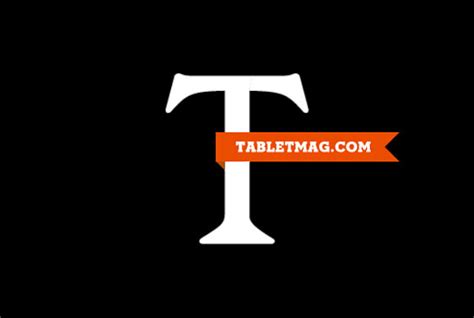A Guide to Understanding the Hoax of the Century

This is a summary and exploration of the news covered here: https://www.tabletmag.com/sections/news/articles/guide-understanding-hoax-century-thirteen-ways-looking-disinformation
Disinformation has been around for centuries, but with the rise of social media and the internet, it has become more pervasive and dangerous than ever before. In this guide, we will explore the many ways that disinformation is spread and how it can be combated.
1. Social Media: Social media has become a breeding ground for disinformation. False information can spread like wildfire on platforms like Facebook, Twitter, and Instagram. It is important to be vigilant and fact-check everything before sharing it.
2. Conspiracy Theories: Conspiracy theories can be enticing, but they often lack evidence and are used to sow distrust and confusion. Always question the source of information and verify the facts before believing in a conspiracy theory.
3. Propaganda: Propaganda is used by governments and organizations to sway public opinion. It is important to recognize propaganda and seek out alternative sources of information to get a balanced view.
4. Deepfakes: Deepfakes are videos created using artificial intelligence that can make it appear as if someone said or did something they never actually did. It is important to be aware of deepfakes and verify the authenticity of videos before believing or sharing them.
5. Misinformation: Misinformation is false information that is spread unintentionally. It is important to fact-check everything before sharing it to avoid spreading misinformation.
6. Clickbait: Clickbait headlines are designed to grab attention and encourage clicks, but they often have little to no substance. It is important to read articles in full and verify the information before sharing it.
7. Memes: Memes can be a fun way to communicate, but they can also be used to spread disinformation. It is important to fact-check memes before sharing them.
8. Trolls: Trolls are people who intentionally spread disinformation to provoke a reaction. It is important to recognize trolls and not engage with them.
9. Echo Chambers: Echo chambers are online communities where like-minded people share and reinforce each other’s views. It is important to seek out diverse sources of information and engage with people who have different opinions.
10. Confirmation Bias: Confirmation bias is the tendency to seek out information that confirms our existing beliefs. It is important to be aware of confirmation bias and seek out alternative views.
11. Fact-Checking: Fact-checking is essential in combating disinformation. Always verify the facts before sharing information.
12. Education: Education is key in combating disinformation. It is important to teach critical thinking skills and media literacy to help people recognize and avoid disinformation.
13. Responsibility: We all have a responsibility to combat disinformation. It is important to be vigilant, fact-check everything, and not spread false information.
In conclusion, disinformation is a growing threat in today’s society, but by being vigilant, fact-checking everything, and seeking out diverse sources of information, we can combat it. Education and responsibility are key in the fight against disinformation, and it is up to all of us to do our part.
